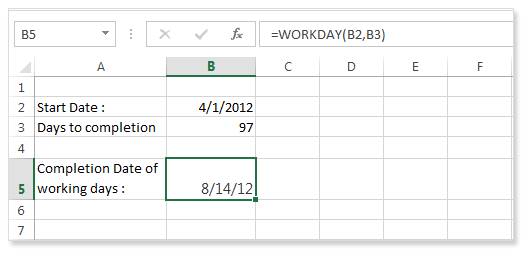
Note that now the numbers increment down each row before going to the next column. This is the same SEQUENCE function as we used in Example 1, but it has been wrapped in TRANSPOSE.

The following formula in cell B2 is: =TRANSPOSE(SEQUENCE(8,3,5,10))

To change this, we can use the TRANSPOSE function. However, please note that by default they increment across columns before going down to the next row. Example 3 – SEQUENCE row / column orderĪs already mentioned, the SEQUENCE formula in Excel creates sequential numbers across both rows and columns. Instead, the DATE function will cause the result to roll-over into the next year and create. We have requested 13 months, but Excel is intelligent enough to know that doesn’t exist as a UK date format. The SEQUENCE function has been applied to the month argument therefore, it adds one to the month for each subsequent result. This formula creates a sequence of monthly dates starting on January 1st, 2020. The formula in cell B2 is: =DATE(2020,SEQUENCE(13),1) Note: As I am based in the UK, the screenshot below shows the UK date format (dd/mm/yyyy).
#Sequential testing in excel how to
The example below shows how to use SEQUENCE inside the DATE function. Example 2 – Using SEQUENCE inside other functions The order of the numbers is important here, the function increments across the columns before moving to the next row. When using the rows and columns arguments it creates sequential numbers in a two-dimensional array. The formula in cell D2 uses all the arguments: Rows, Columns, Start, Step. SEQUENCE has created a list of sequential numbers 8 rows, 1 column, starting at 1 and incrementing by 1 for each cell. Therefore, the default values are applied for each of these. In this formula, only the Rows argument is provided all the other arguments ( optional, optional, and optional), have been excluded. The two examples below show the basic usage of the SEQUENCE function to provide a sequence of numbers. As a dynamic array function, the result will automatically spill into neighboring rows and columns. The following examples illustrate how to use the SEQUENCE function. Look at Example 3 to learn how to flip that functionality around. Please note, while Excel creates sequences in rows and columns, it moves across columns, before moving down to the next row. (optional): The amount to increment each subsequent value.(optional): The first number in the sequence.If excluded, it will return a single column. (optional): The number of columns to return.The SEQUENCE function has four arguments Rows, Columns, Start, Step.


#Sequential testing in excel free
Free Agile Lean Six Sigma Trainer Training.Animated Lean Six Sigma Video Tutorials.


 0 kommentar(er)
0 kommentar(er)
